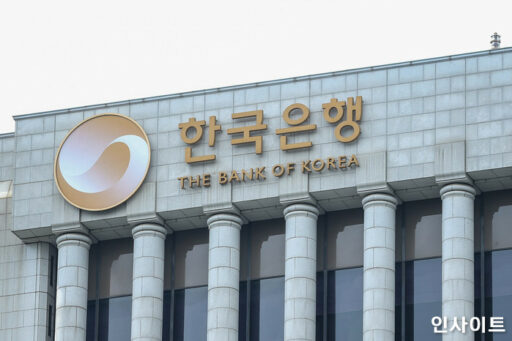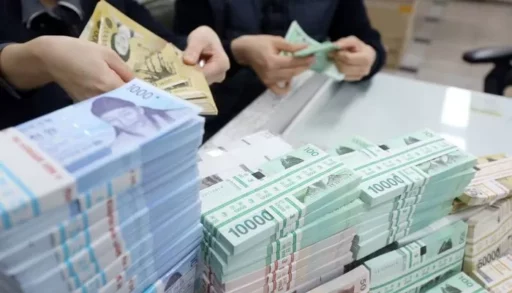The Bank of Korea's Internal Housing Loan System: Controversy Over Contradictory Welfare Benefits
It has been revealed that the Bank of Korea has been providing housing loans to employees at interest rates lower than those in the market, causing controversy.
According to data submitted by member of the National Assembly Cha Gyu-geun from the Justice Party on the 7th, as of the end of the first quarter of this year, the Bank of Korea supported a total of 4.58 billion won in housing loans to 112 employees.

On average, about 38 million won was supported per person, with the loan interest rate at approximately 3.4% per year.
The loan is offered to staff members who have been employed for more than one year and do not own a house, with a limit of 50 million won for housing funds. The repayment for housing purchase funds is split over a maximum of 20 years, while repayment for rental funds is required after the expiration of the contract period.
The Only Housing Loan System in the Financial Sector: The Reality and Issues
Such welfare benefits are a system that is hard to find in other related financial institutions. The Financial Supervisory Service abolished the employee housing loan system back in 2020, currently maintaining only support for accommodation of regional employees and living stabilization loans. Notably, the balance of living stabilization loans was 0 won as of the end of last year.

Even major commercial banks, which are regarded as having relatively better employee welfare, do not operate a housing loan system like that of the Bank of Korea.
According to relevant laws, bank employees must apply for housing mortgage or jeonse loans through other banks where they are not employed and receive interest rates similar to regular customers.
In contrast, the Bank of Korea's internal housing loan has a relatively low interest rate. According to the Bank of Korea's Economic Statistics System, the average interest rate on new housing mortgage loans from deposit banks in the first quarter of this year was 4.2% per annum, approximately 0.8 percentage points higher than the Bank of Korea's own loans.
Contradiction Between Monetary Policy and Internal Welfare: Additional Loan Limit Benefits Also Under Controversy
A more troubling point is that loans obtained internally at the Bank of Korea are not shared with credit rating agencies, meaning they are not included in the credit assessment statistics of commercial banks.

As a result, if the loanable amount at a commercial bank is 100 million won, Bank of Korea employees can borrow up to 150 million won through internal welfare benefits.
If the Bank of Korea's own loans were recorded in the bank's systems, then the loan limits would have to be reduced accordingly.
This practice contradicts the Bank of Korea's stance of advocating for stronger macroprudential management to slow the pace of increase in household loans and improve the situation of funds concentrating only on real estate in the capital region.
Previously, Bank of Korea Governor Lee Chang-yong emphasized that "if the base rate is set too low, there is a significant risk of leading to rising real estate prices in the capital region rather than recovering the real economy." As a result, there is a prevailing expectation in the market that the Monetary Policy Committee on the 10th will freeze the base rate.
Meanwhile, regarding the controversy over the employees' low-interest housing loans, a Bank of Korea official explained, "We require a condition of actual residency without home ownership to block loans for gap investment," adding, "We are applying the housing loan rates announced by the Korea Federation of Banks."
Image source: Photo = Insight, material photo for understanding the article / gettyimagesbank, material photo for understanding the article / News1


